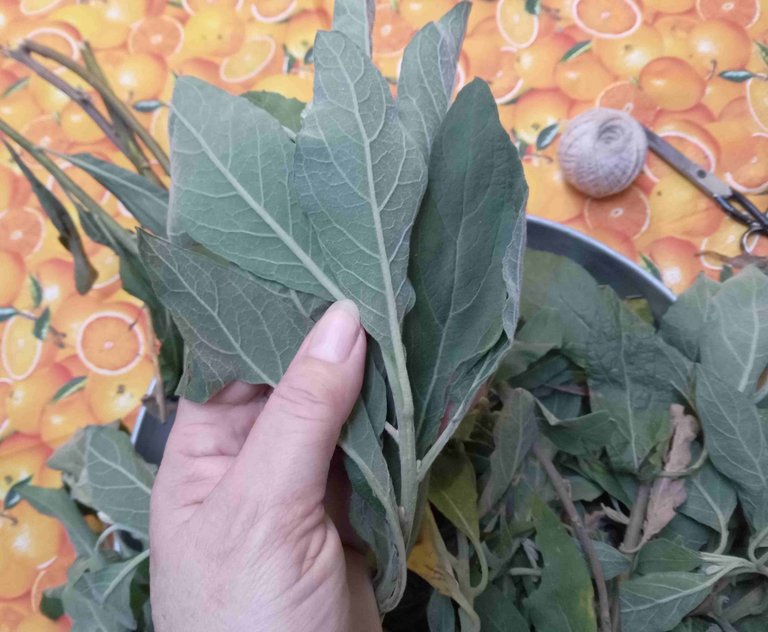
Greetings and happy 2025, may this year bring positive changes for everyone, that help us grow and be happy. Yesterday afternoon I received a visit from a friend, who has a small bitter sage tree in her yard. Bitter sage does not really correspond to the genus Salvia, it is confused with it due to the shape of its leaves and the smell it gives off, which is very pleasant. This plant belongs to the PLUCHEA species, specifically to the subspecies Pluchea carolinensis, which is native to America, and is distributed from the southern United States, Central America, the Caribbean Islands and northern South America.


This is a perennial shrubby plant, which blooms throughout the year. It has many branches, which allow it to spread and even reach a good size, like a small tree (approximately three meters). Its lanceolate leaves are very aromatic. It has small inflorescences of a beautiful lilac or pink color. It can grow in any type of soil, even desert, which is why you can notice the presence of Mimosa pudica and Portulaca oleracea next to it. It is of fundamental importance for soil regeneration, as it is strongly rooted in the soil, due to its taproot (vertical or fusiform), favoring fixation and preventing erosion. It is a food source for various pollinators, such as bees and wasps. Of the two plant species that are generally found next to Pluchea carolinensis, you can see the posts in which I talk about each of them:

I have always wanted to have one of these plants, since it has multiple uses in natural medicine, and to offer another source of food to my bees, since I feed them with flowers, I have never put sugar in them, and in dry seasons it is more difficult to feed them. On the other hand, it is used to clean spaces, using it as a bundle to make incense, and its infusion is sprinkled in corners. For these reasons, I was very happy when I received this gift, and I proceeded to process of all this plant material before it deteriorated.
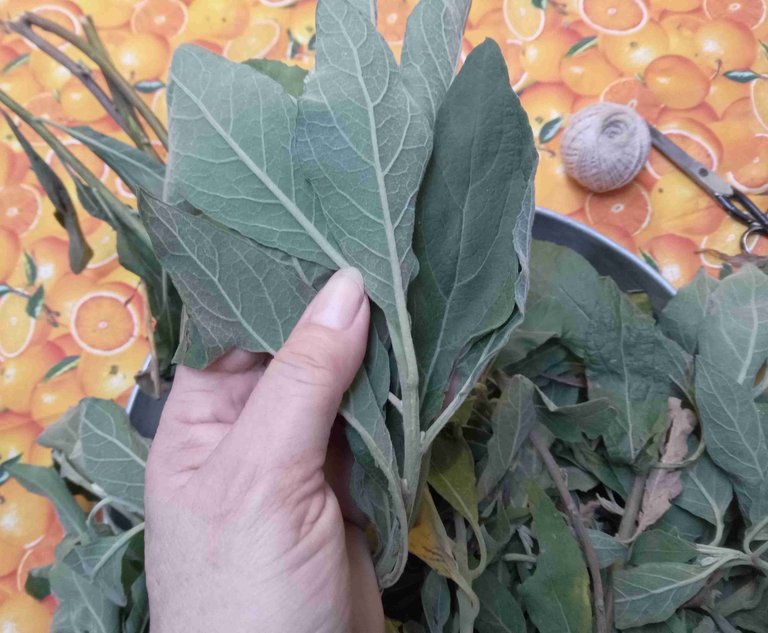

Firstly, I proceeded to extract the largest stems, which I reserved to reproduce this plant through cuttings, a process that I will show you soon in another post. These branches that they gave me were torn off very abruptly, so you can see tears and irregular cuts that must be leveled, so that the plant can reproduce properly.
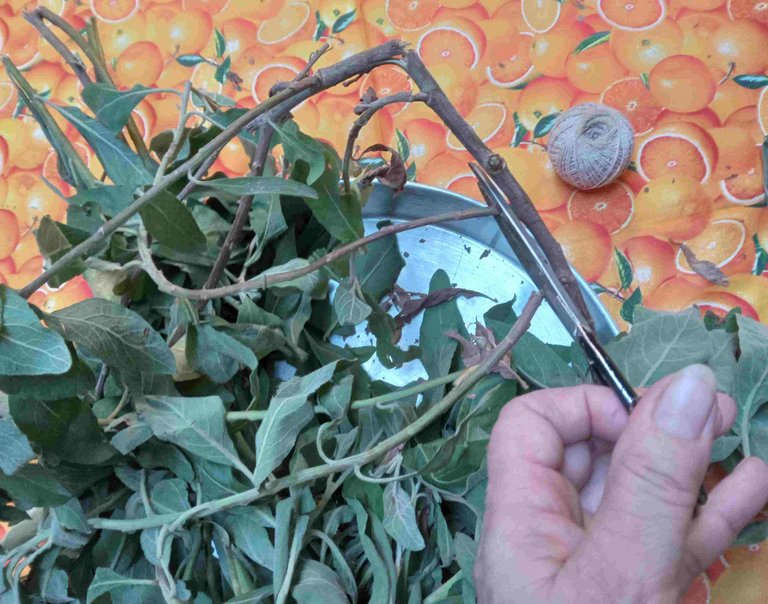
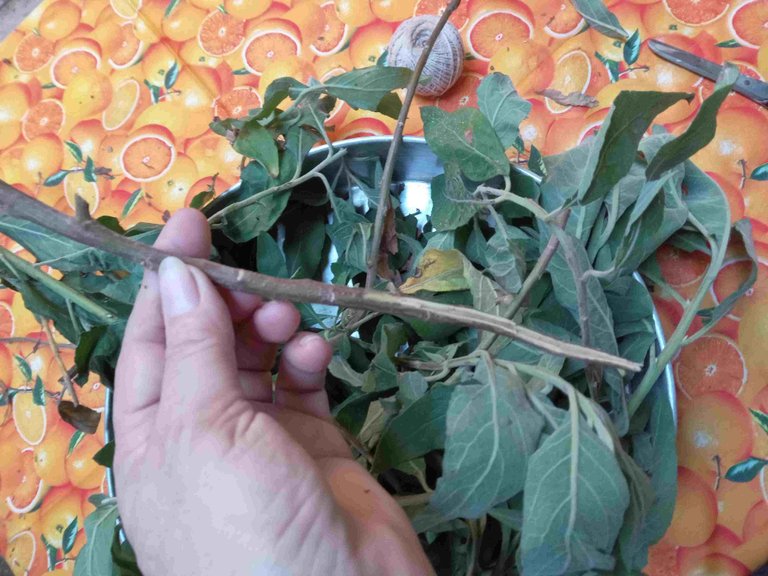
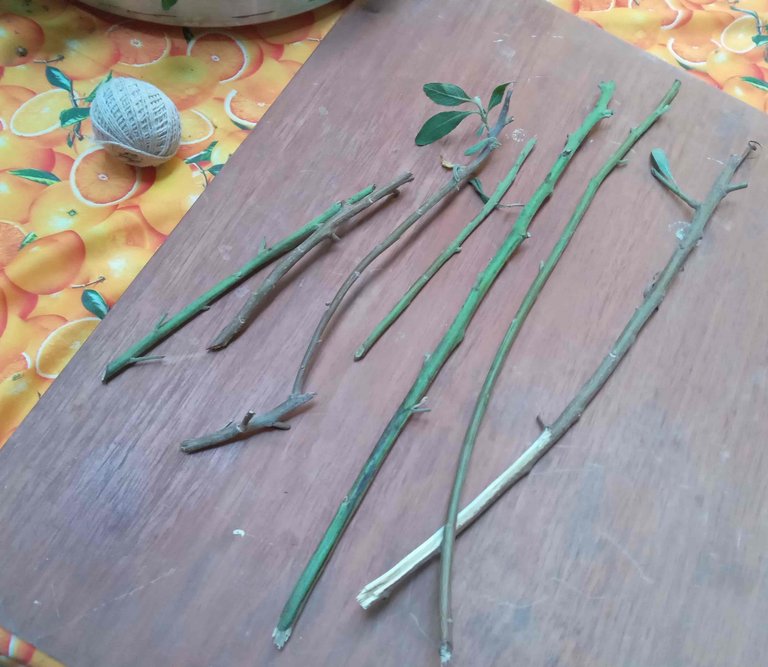

Subsequently, I proceeded to select the branches with the greatest number of leaves, in order to make some bundles that I put to dry, with which I will clean my house when they are dry. I made three bundles, with three branches each. To form them, I joined the three branches in parallel, squeezing them well, and with enough cotton thread, I proceeded to tie them firmly, and then place the bundles to dry outdoors, but in the shade.
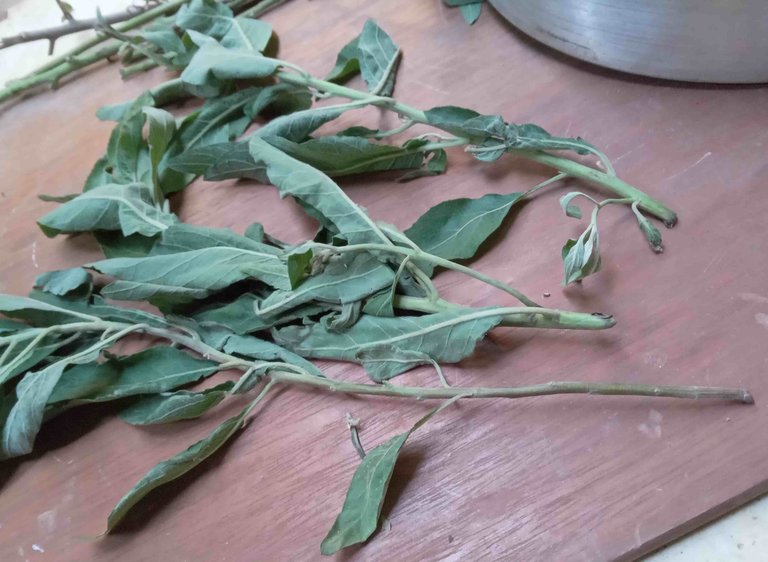

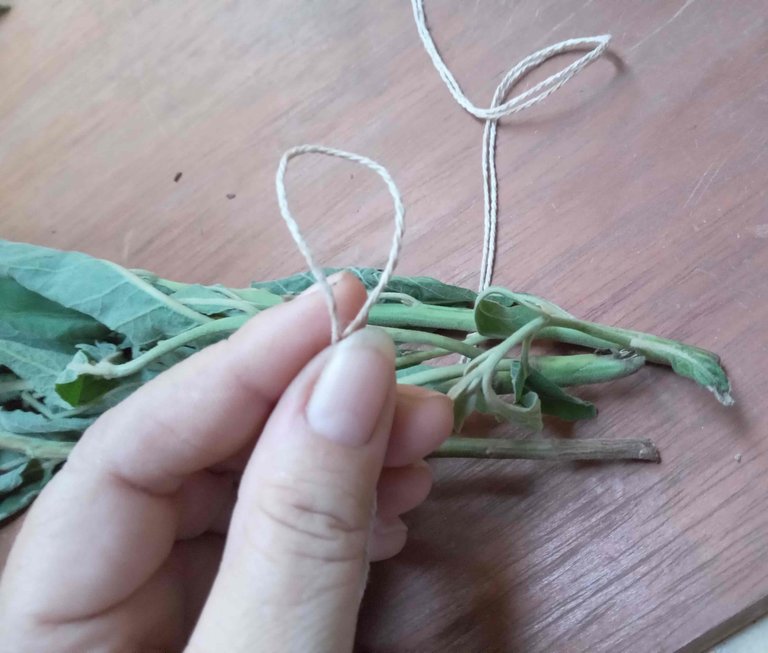
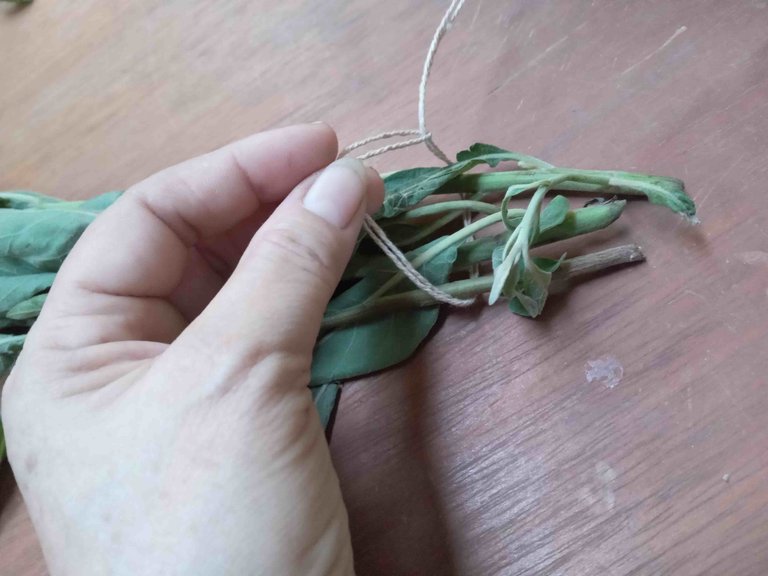
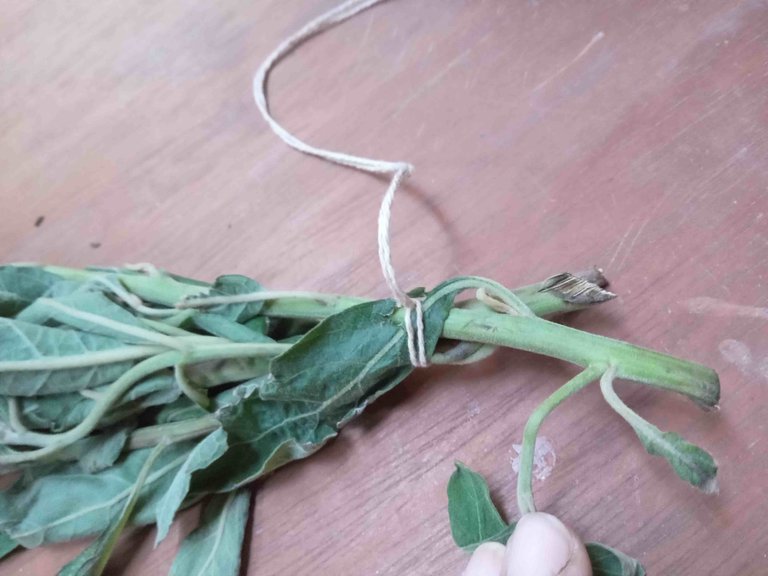
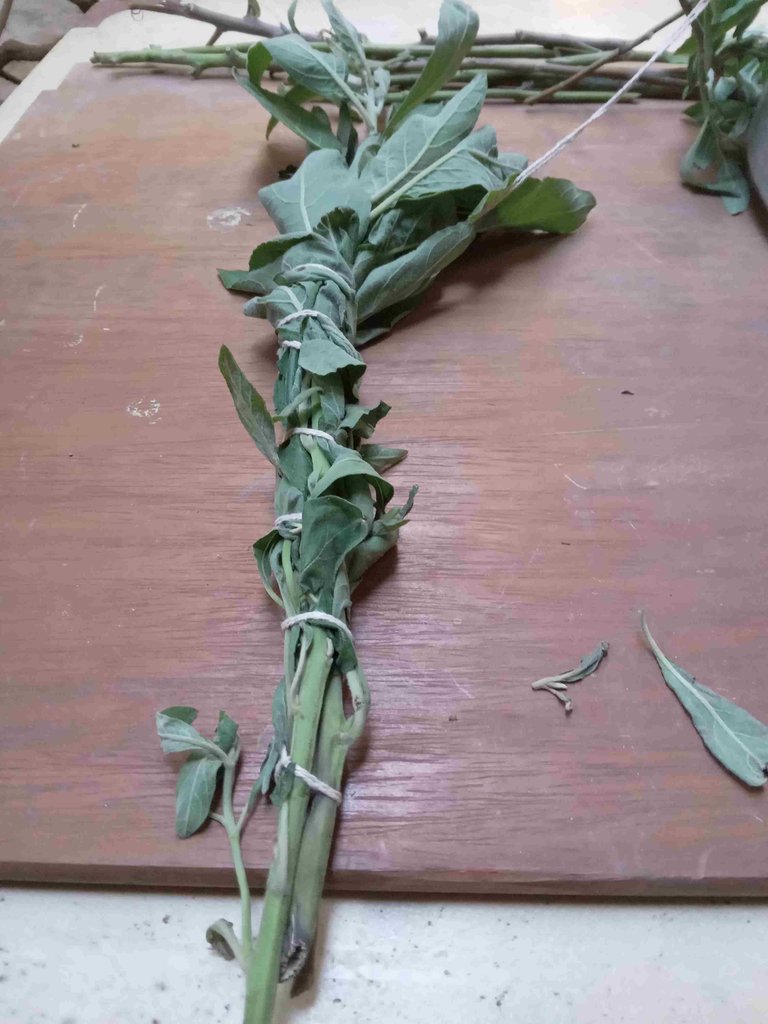
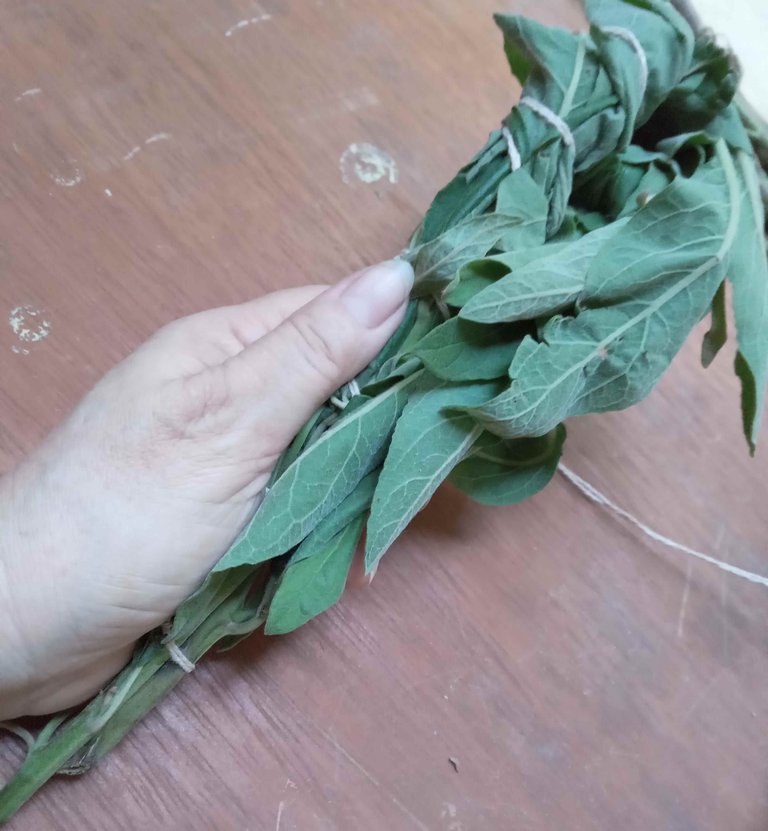


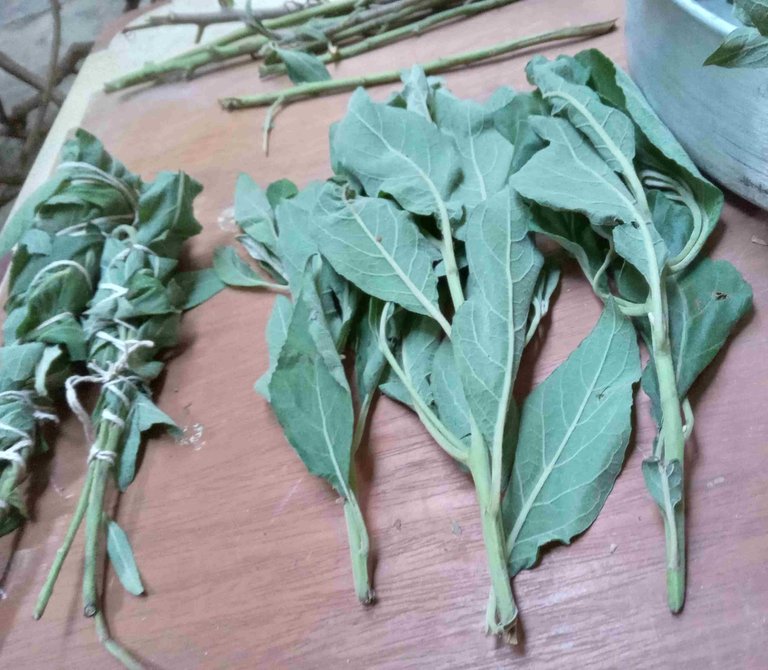
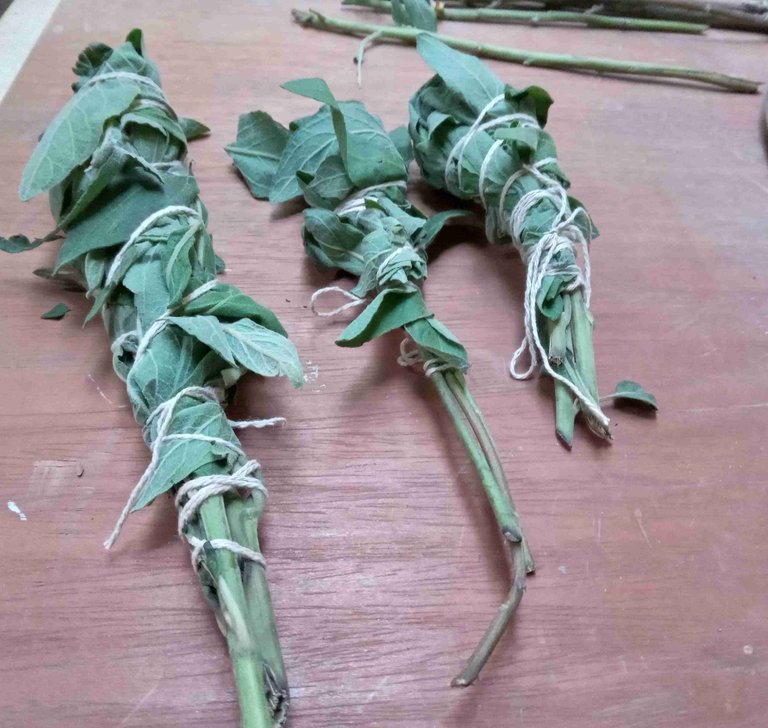
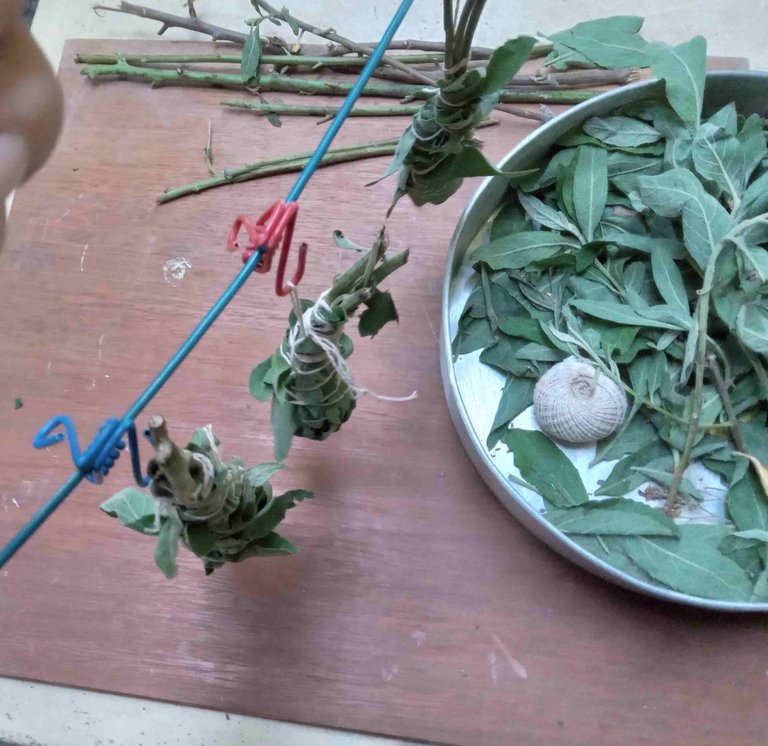
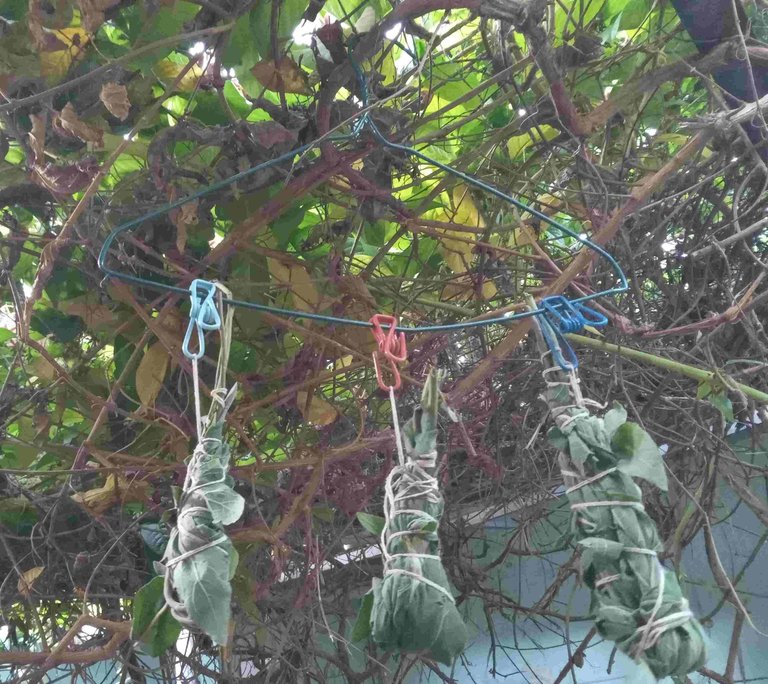

Then I arranged the leaves, separating them from the small stems, leaving each leaf loose in order to facilitate drying.
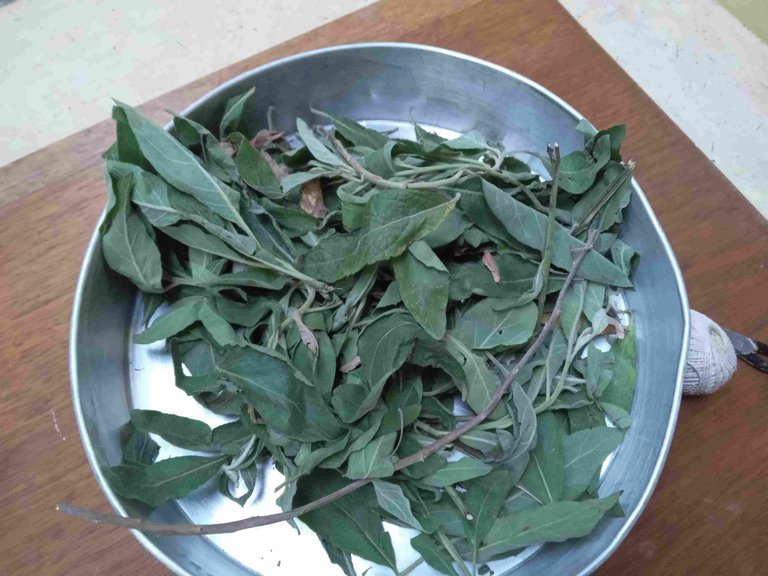
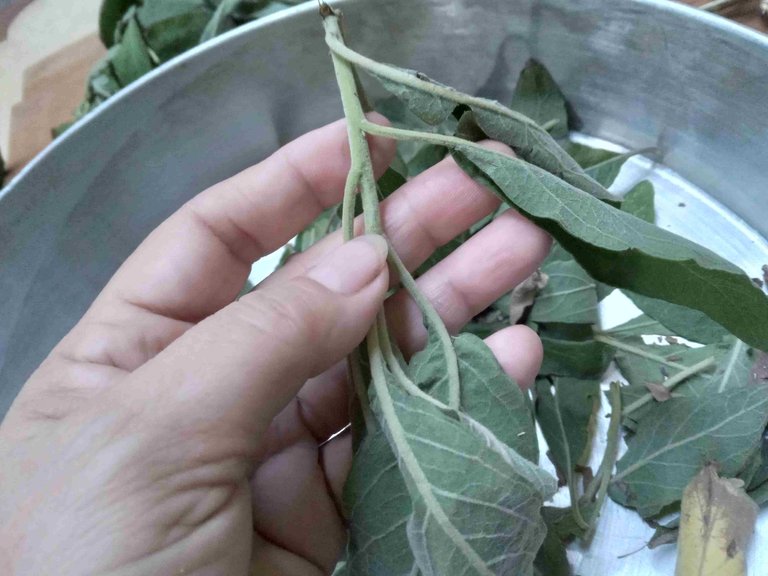
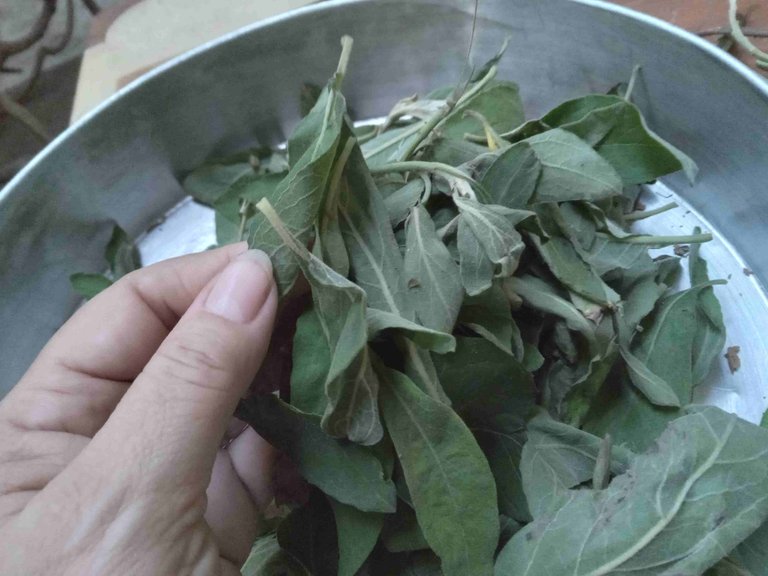
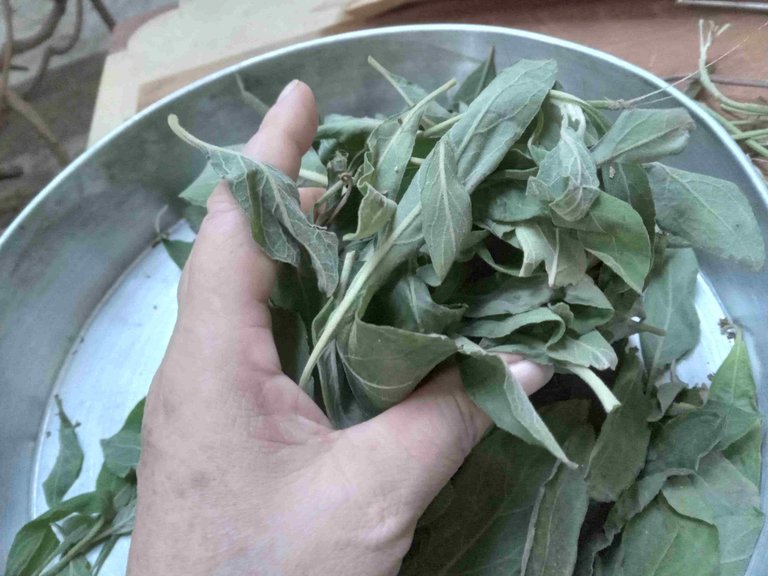
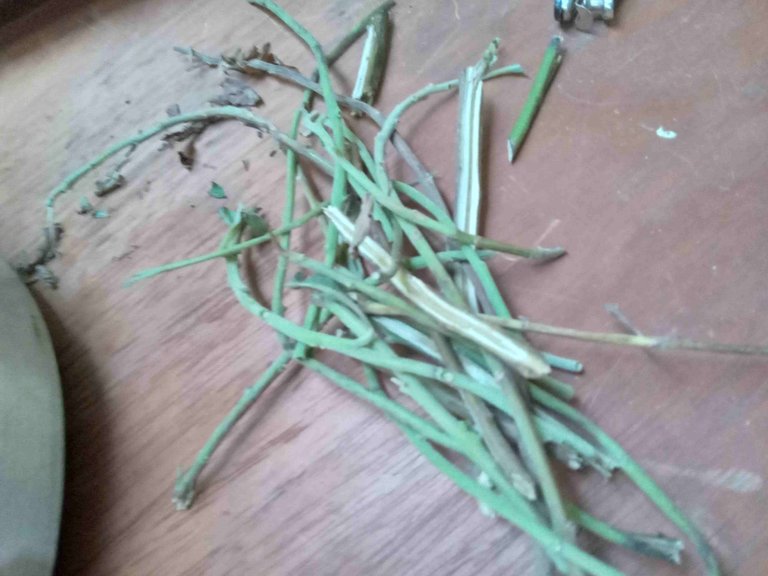

In order to dry the remaining leaves and stems, I took a brown paper envelope, in which I opened holes using a hole punch. These holes will allow air circulation and evaporation of moisture from the plant material, preventing it from rotting.
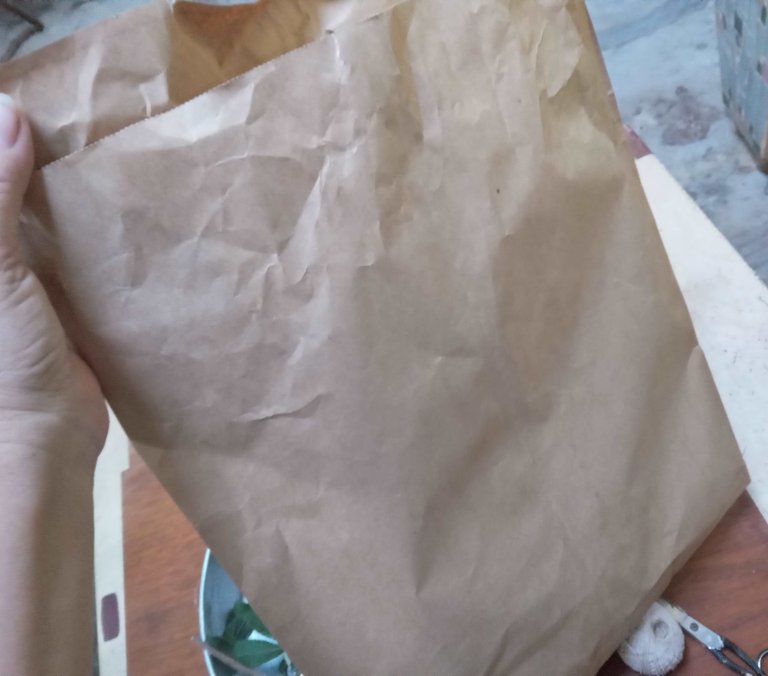

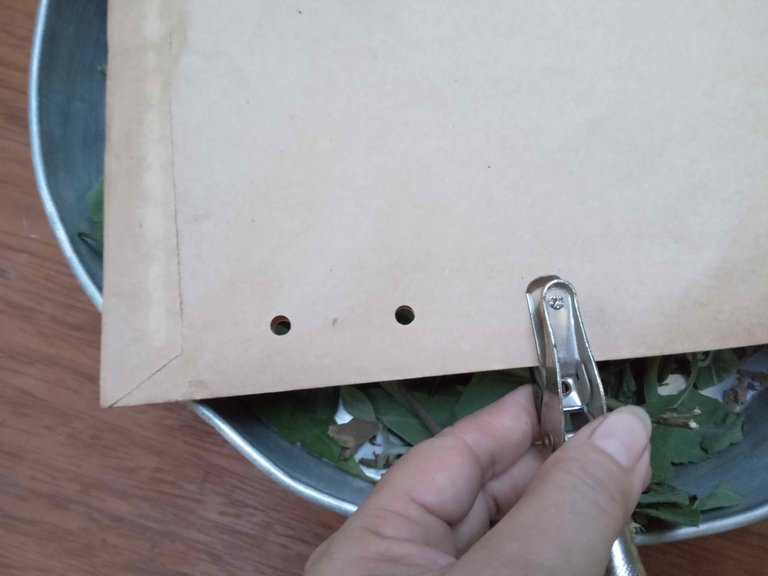
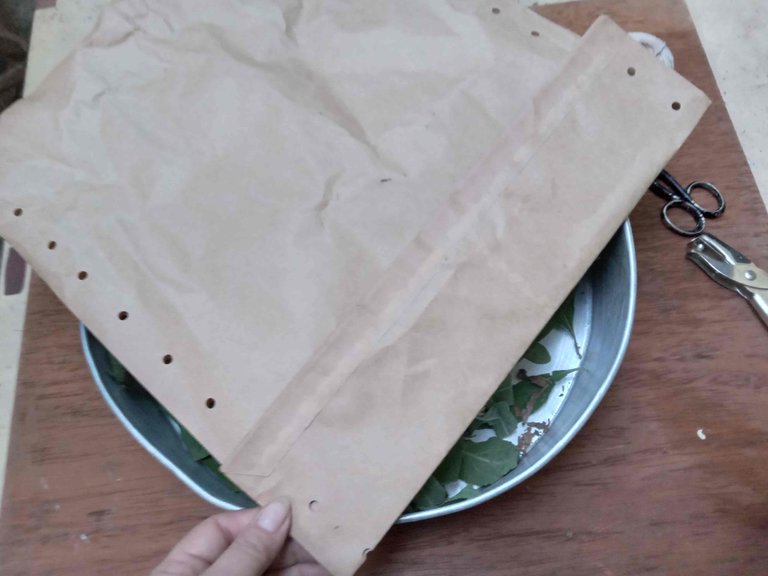
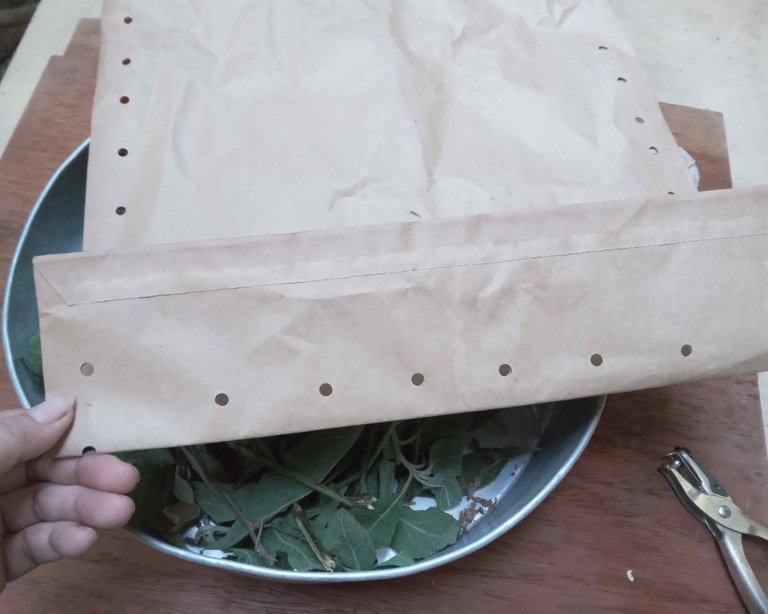
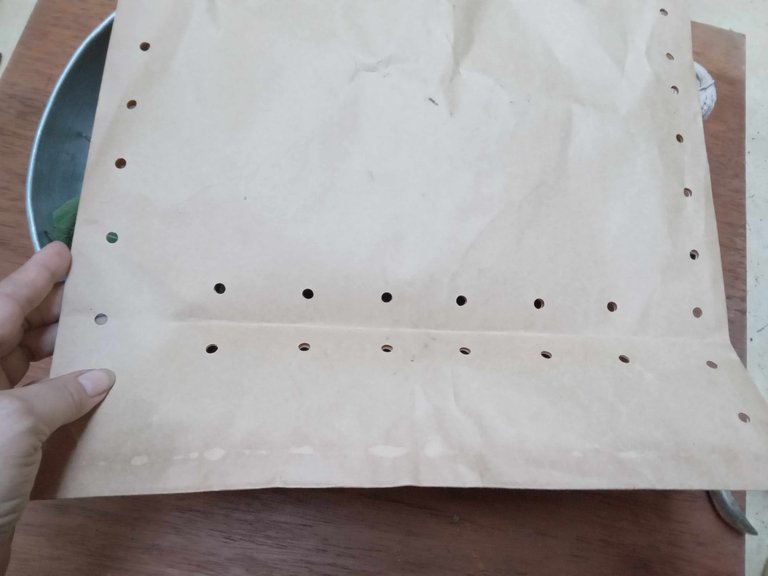
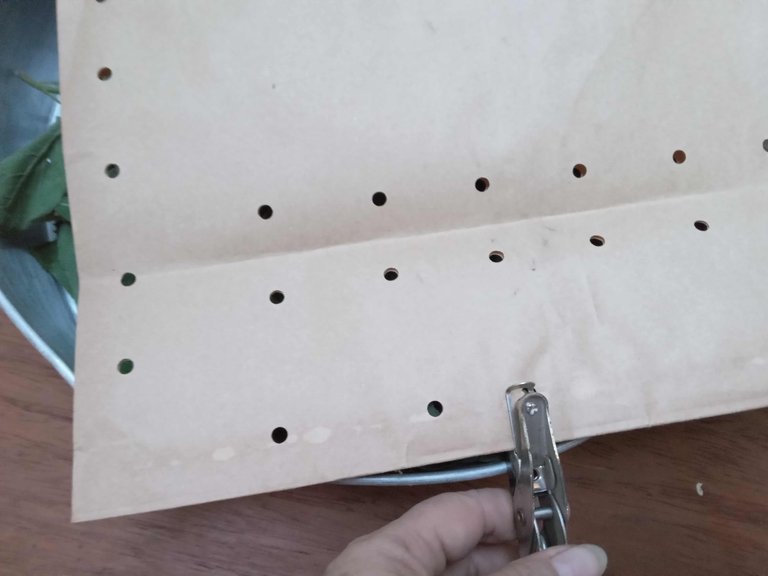
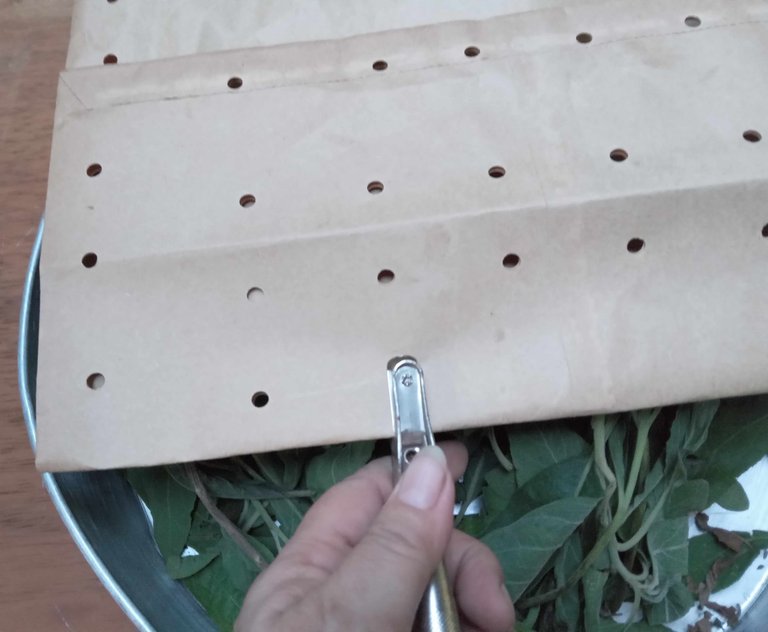


Once the holes were made, I placed the leaves and small stems inside the paper envelope, and tied it with a piece of cotton thread, and then hung it on a clothes hook, and placed it outdoors, but in the shade, so that the oils and substances in the plant are not denatured.
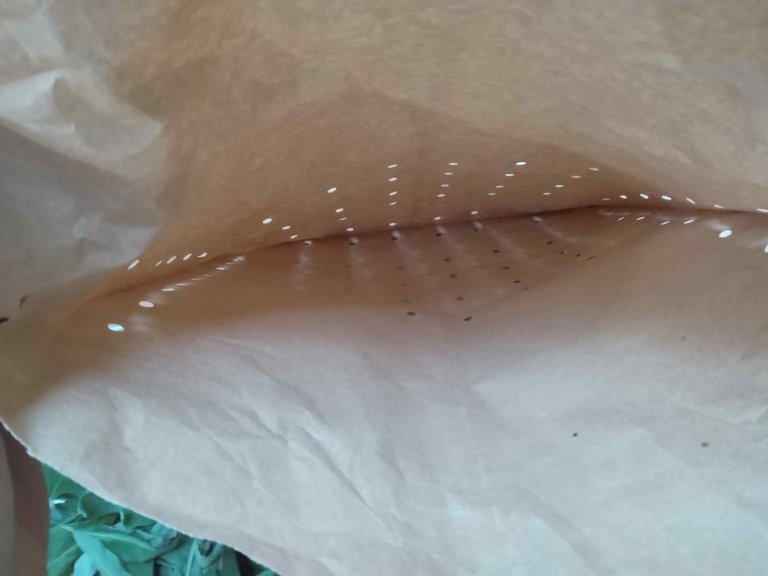
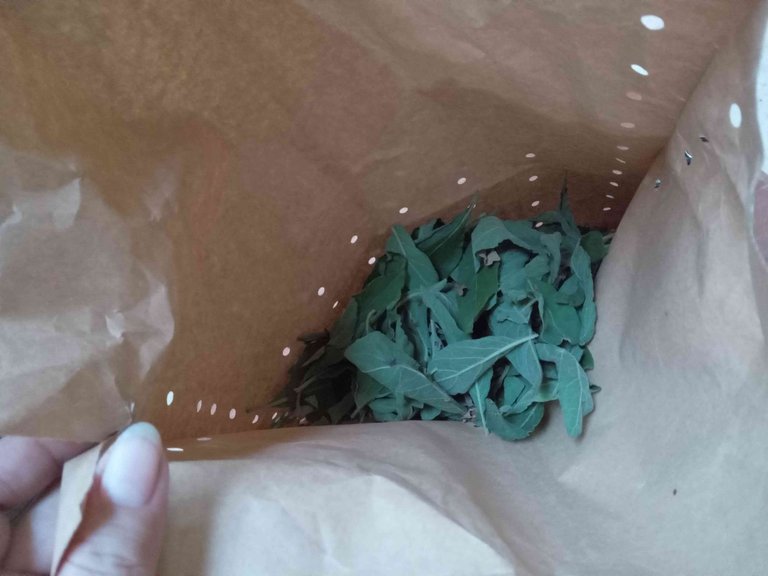
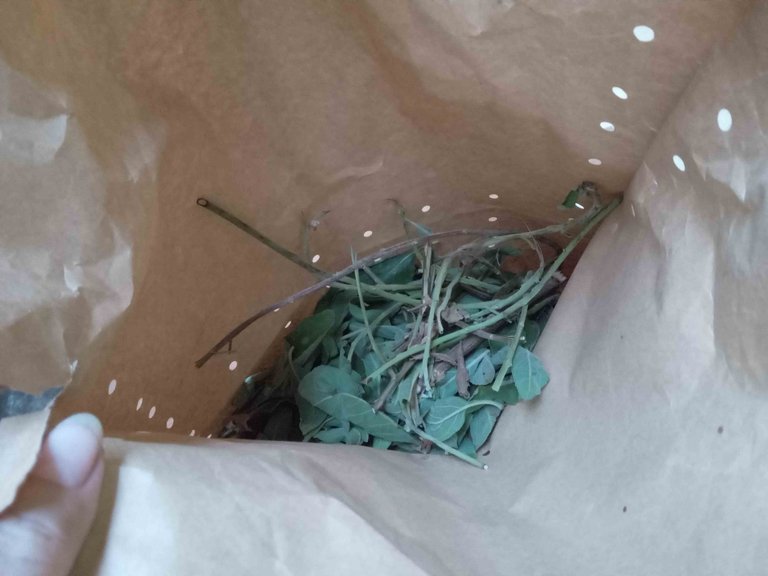
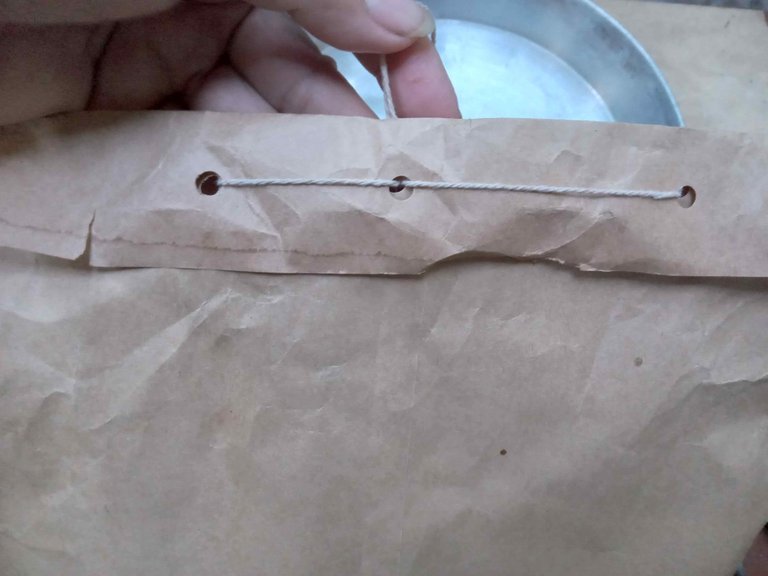
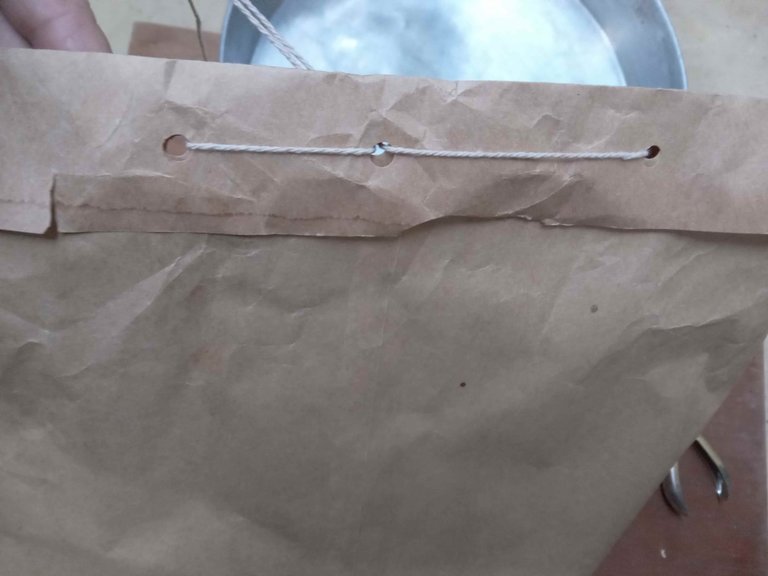
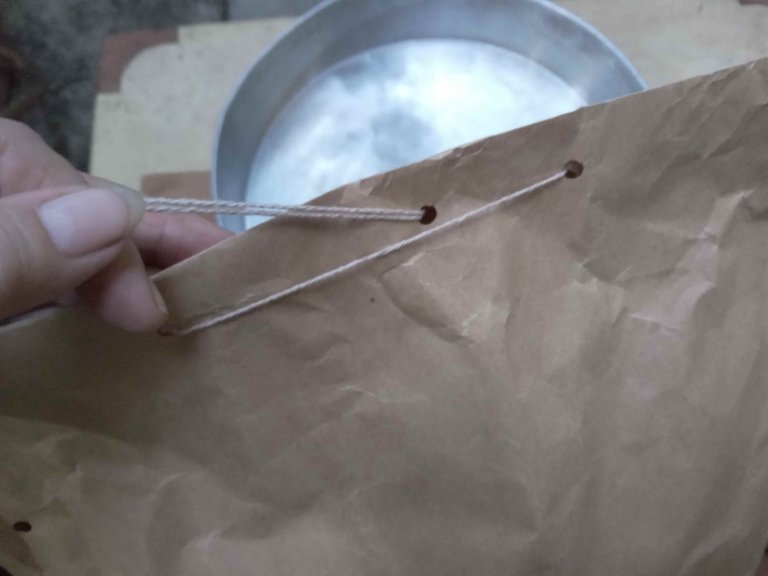
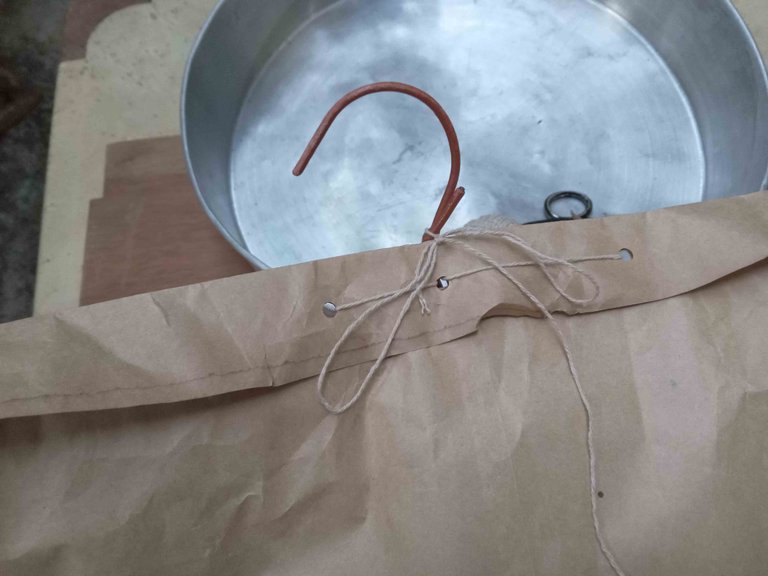
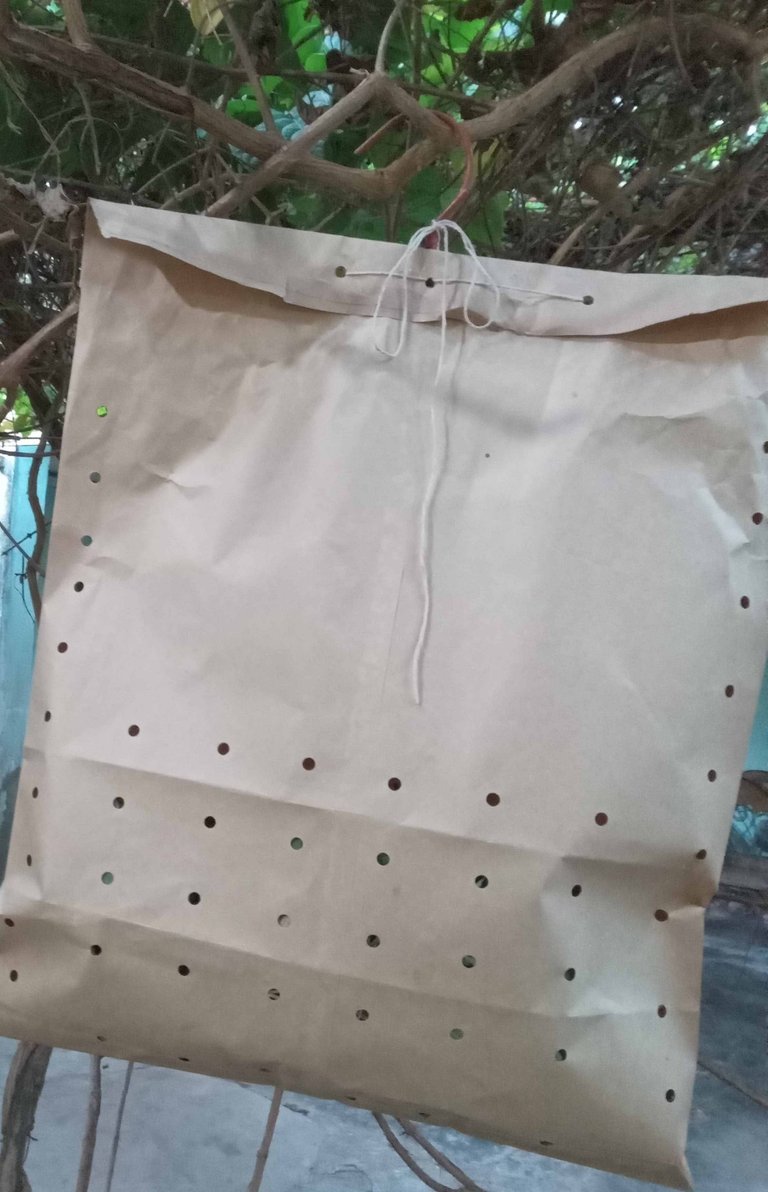

I have done this whole process because I appreciate this plant, I find it very useful, although in my country it has been little studied and people, especially in the area where I live, are unaware of the multiple benefits it offers to ecosystems and human health. And among the medicinal uses of bitter sage or Pluchea carolinensis, are:
- For sore throat, flu and colds: You can chew a fresh leaf of this plant to which a pinch of salt has been added. You can also drink tea or infusion.
- For digestive tract conditions, such as colic, constipation, stomach pain, and flatulence. Drink the tea from the leaves.
- For headache: A poultice is applied with fresh leaves of the plant and the tea from the leaves is also drunk.
- Rash treatment. Apply the infusion or tincture of this plant.
- Treatment of arthritis, rheumatism and muscle pain. Apply massages to the affected area with the macerated plant.




Todo el contenido, (excepto los separadores de texto) es de mi propiedad y está sujeto a derechos de autor // All content (except text dividers) is my property and is subject to copyright.




Delegations welcome!
